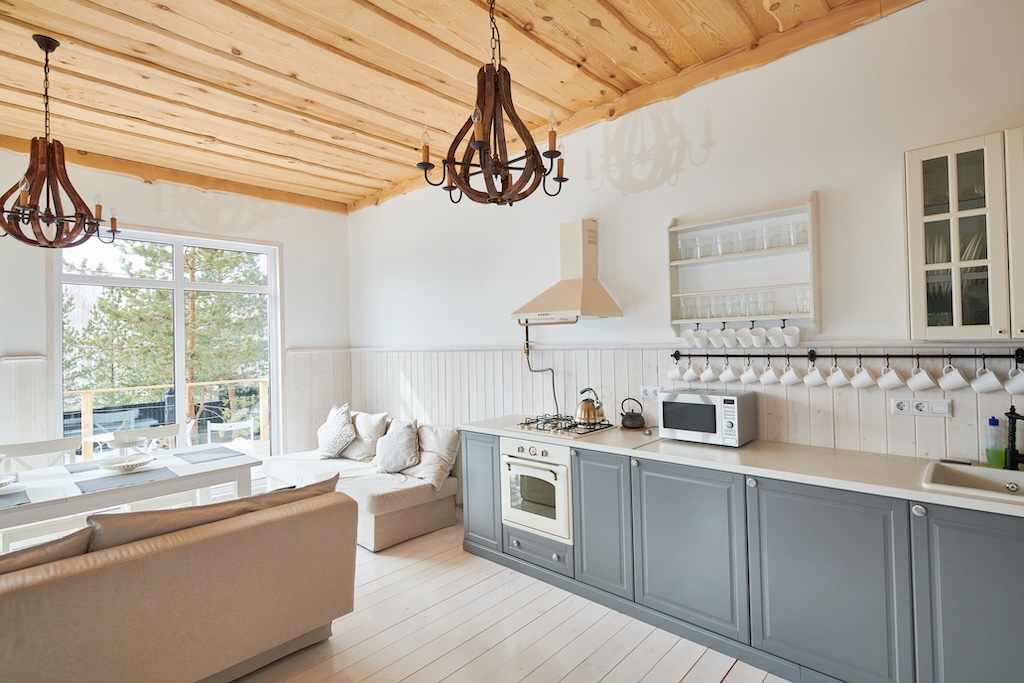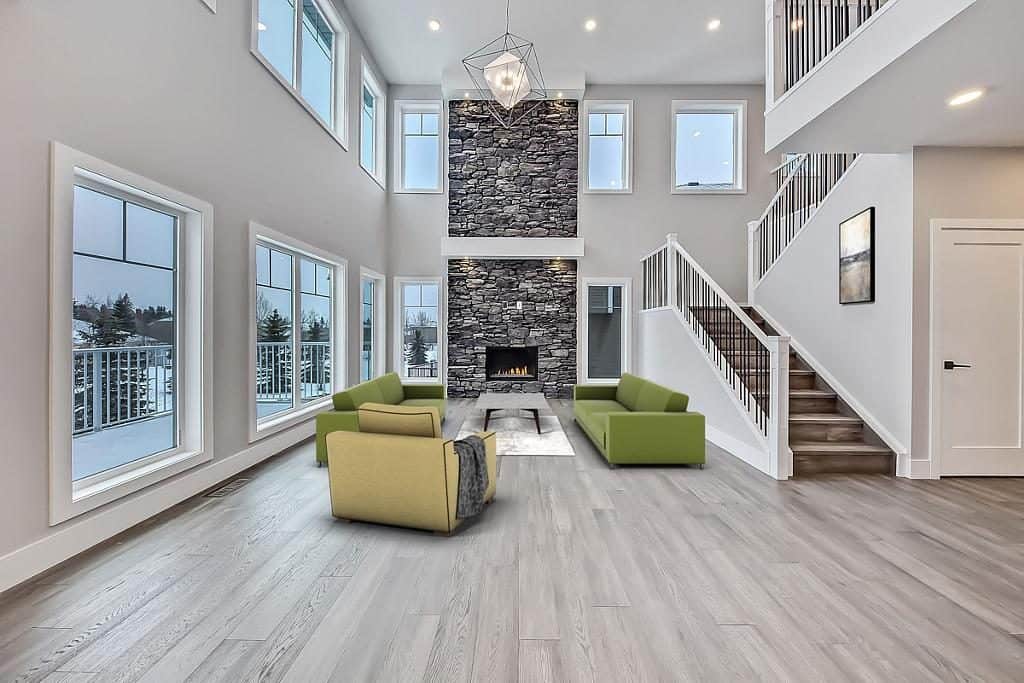Lakewood Interior Painting: Transform Your Home with Expert Painters and Services
Enhance Your Interior Decoration With Comprehensive Color Examination
The assimilation of color examination into indoor design presents a special possibility to refine and boost the aesthetic and psychological resonance of an area. By engaging with a seasoned color professional, you can browse the intricacies of color choice, guaranteeing that your options not just enhance building attributes however also resonate with individual style and emotional effect. This critical collaboration can substantially affect the general ambience of your environment, fostering a sense of harmony and purpose. Understanding the nuances of this procedure is essential-- what key facets should be taken into consideration to attain optimum outcomes?
Advantages of Shade Consultation

Additionally, shade appointment aids in optimizing all-natural light and optimizing spatial perception. Lighter tones can make a room appear more expansive, while darker shades produce an intimate setup. Cleveland Metro Painting Specialists. This calculated application of shade can significantly influence the overall ambiance of any interior space
Furthermore, specialist experts have a thorough understanding of classic standards and existing fads, making certain that the picked shades will certainly continue to be enticing in time. This foresight can save clients from costly redesigns in the future. Shade examination empowers customers by supplying them with a clear vision and direction, fostering self-confidence in their style options and ultimately leading to an extra rewarding and successful indoor layout outcome.
Recognizing Shade Psychology
The value of shade psychology in interior decoration can not be overemphasized, as it looks into the psychological and mental effects that numerous shades can evoke in people. Colors can affect state of mind, habits, and even performance, making them an important consideration in any kind of design job.
For instance, cozy colors such as red, orange, and yellow are usually related to power and warmth. They can promote feelings of excitement and comfort, making them ideal for social areas like living cooking areas or rooms. Alternatively, awesome shades like blue, green, and purple have a tendency to stimulate calmness and serenity, making them excellent for rooms or meditation locations.
Furthermore, using neutral tones can create a well balanced atmosphere by permitting the bolder shades to stand apart without frustrating the detects. Understanding these mental influences allows developers to develop spaces that not only look visually pleasing yet also promote emotional wellness.
Including color psychology into indoor design involves a thoughtful choice of colors customized to the desired feature of each area, ultimately enhancing the general experience for its passengers. This recognition is crucial for accomplishing a useful and unified indoor setting.
The Shade Wheel Clarified
Understanding the relationships between hues is vital for efficient indoor style, and the shade wheel serves as an important tool in this process. The color wheel, developed by Isaac Newton in the 17th century, illustrates the spectrum of shades prepared in a round style. It makes up primaries-- red, blue, and yellow-- that can not be produced by mixing various other shades. Additional colors, formed by integrating main colors, consist of environment-friendly, orange, and purple. Tertiary shades result from mixing a primary and a secondary shade, causing shades such as red-orange and my site turquoise.
The shade wheel helps developers comprehend the partnerships in between colors, consisting of complementary, analogous, and triadic schemes. Corresponding check these guys out shades, located opposite each various other on the wheel, produce vibrant contrasts that can invigorate an area. Similar shades, situated beside one an additional, offer a unified and cohesive look. Triadic plans make use of three evenly spaced colors, supplying equilibrium and aesthetic rate of interest.
Making use of the color wheel in interior decoration not only boosts visual appeal yet also evokes details emotions and environments, making it a critical reference for shade examination. Recognizing these connections eventually encourages designers to create spaces that are both visually exciting and useful.
Selecting the Right Combination
Usually, selecting the best combination is a crucial factor in achieving a successful interior decoration task. An appropriate shade scheme can unify a space, enhance its features, and evoke preferred emotions. To begin, think about the function of the area. Different areas offer different features and need combinations that show their designated use; for example, peaceful colors such as soft blues or eco-friendlies work well in bed rooms, promoting relaxation.
Light can significantly modify just how colors show up, so it is vital to assess the area at different times of the day. A harmonious scheme ought to enhance these functions, developing a cohesive look throughout the room.
When picking colors, utilize the 60-30-10 regulation, which suggests that 60% of the room ought to be a leading color, 30% a secondary shade, and 10% an accent color. This proportion guarantees equilibrium and visual passion (Cleveland Metro Painting Specialists). Example colors on the wall surfaces before dedicating, as this permits you to see how the shades connect with one another and the general setting they create in your interior style task.
Working With a Color Expert

When dealing with a shade expert, the process normally starts with a preliminary examination. Throughout this conference, you'll review your vision, choices, and the existing aspects in your area. The index expert will evaluate your requirements and may recommend details shade schemes that line up with your goals.
After establishing a direction, the professional will certainly supply samples and aesthetic help to assist you visualize the proposed color pattern. This action is important, as colors can appear differently under differing illumination conditions.
In addition, a shade specialist can direct you in picking complementary home furnishings, artwork, and accessories to integrate with your selected palette. By collaborating very closely, you can attain a polished aesthetic that boosts your interiors and develops a welcoming atmosphere. Inevitably, the know-how of a shade professional can substantially enhance the total impact of your layout project.
Verdict
In summary, detailed shade consultation serves as a crucial device for enhancing interior style. By leveraging specialist expertise of color psychology and spatial dynamics, a tailored shade combination can be created to evoke particular emotions and produce an unified setting.
By involving with a seasoned color expert, you can navigate the complexities of color selection, ensuring that your options not only complement architectural functions yet likewise reverberate with individual design and emotional impact. It comprises primary colors-- red, blue, and yellow-- that can not be created by blending other colors.The color wheel helps designers understand the connections between colors, consisting of complementary, analogous, and triadic systems.When picking shades, make use of the 60-30-10 policy, which recommends that 60% of the area should be a dominant color, 30% a second shade, and 10% an accent shade. By leveraging professional understanding of color psychology and spatial characteristics, a customized shade combination can be established to evoke specific feelings and produce a harmonious environment.